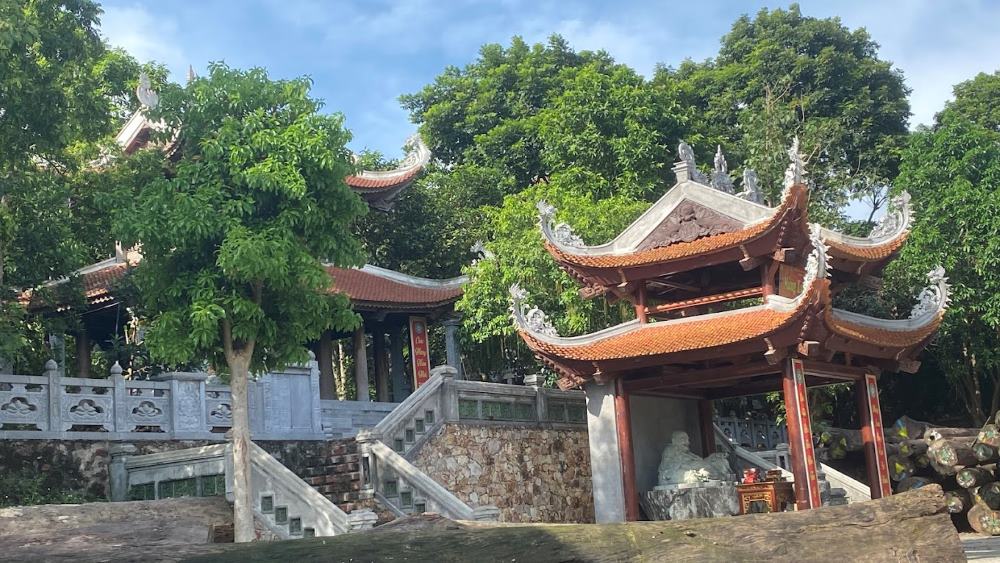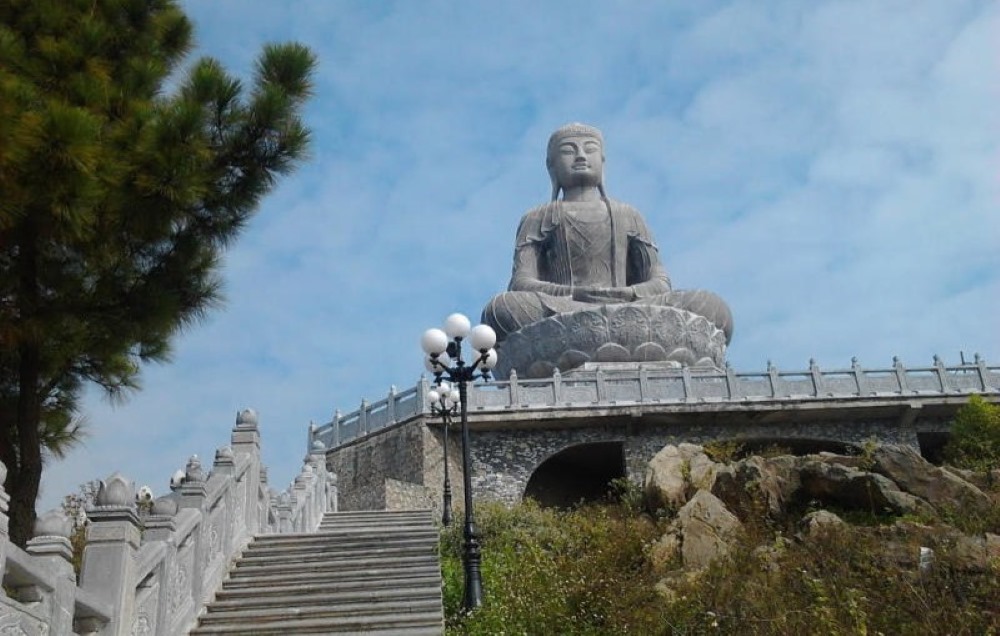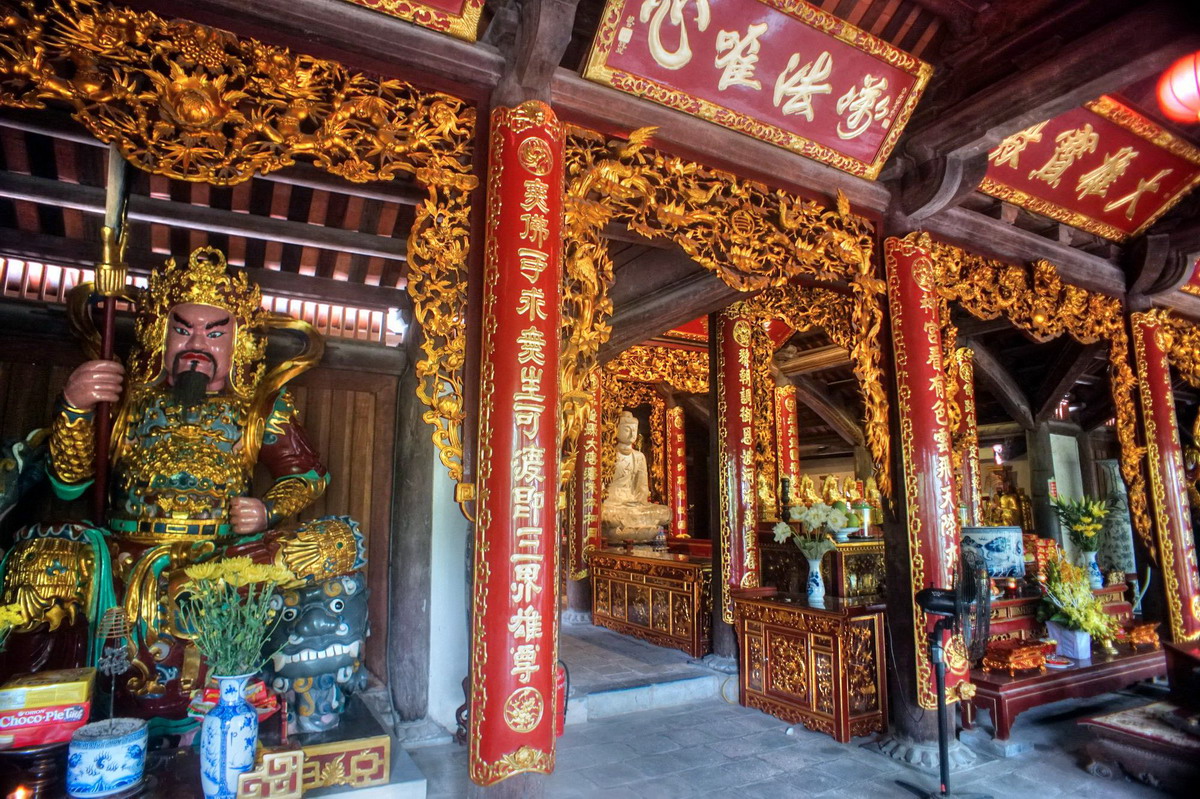Phat Tich Pagoda
1. Overview
Phat Tich Pagoda (Vietnamese: Chùa Phật Tích) is a famous ancient temple located on the southern slope of Phat Tich Mountain, in Tien Du District, Bac Ninh Province, about 30 km northeast of Hanoi.
This pagoda is not only a sacred place of worship but also a national historical and cultural site, known for its majestic stone Buddha statue from the Ly Dynasty and for being one of the earliest centers of Buddhism in Vietnam.
2. Historical Background
-
Phat Tich Pagoda was originally built in the 11th century, during the Ly Dynasty—a time when Buddhism was the national religion and flourished in Vietnam.
-
The name "Phat Tich" means "Buddha’s Trace", reflecting the belief that the Buddha left a sacred imprint here.
-
The temple became an important spiritual and educational center for monks and Buddhists from all over the region.
-
The pagoda was severely damaged during the war in the 20th century but has been restored to preserve its historical architecture and spiritual value.
3. Architectural Features
Phat Tich Pagoda showcases a blend of ancient Vietnamese design and Buddhist artistic expression:
-
Stone Buddha Statue:
The most iconic feature is the great seated Amitabha Buddha statue carved from green stone. Dating back to the 11th century, it is considered the oldest and largest stone Buddha statue of its kind in Vietnam, sitting serenely on a lotus pedestal. -
Pagoda Structures:
The main hall, bell tower, and stele house are reconstructed in traditional style, with elegant curved roofs, wooden beams, and red-tiled flooring. -
Phat Tich Tower:
A multi-layered stone tower built during the Ly Dynasty. Though partly damaged, its remains still reflect the delicate stone carving techniques of the period. -
Large Stone Statues of Buddhist Guardians and Animals:
Surrounding the temple are artistic stone sculptures of lions, elephants, and guardian deities, symbolizing peace and protection.
4. Cultural and Religious Importance
-
Phat Tich Pagoda is a sacred pilgrimage site, attracting thousands of Buddhist followers and tourists, especially during Lunar New Year (Tet).
-
It represents the golden era of Vietnamese Buddhism and the enduring devotion of the Vietnamese people to their spiritual roots.
-
The site is also used for meditation, Buddhist ceremonies, and cultural education.
5. Phat Tich Festival
-
Held annually on the 4th day of the Lunar New Year, the Phat Tich Pagoda Festival features:
-
Traditional rituals to honor the Buddha
-
Folk games and cultural performances
-
Prayers for peace, health, and good fortune in the new year
-
6. How to Visit
-
Location: Phat Tich Mountain, Tien Du District, Bac Ninh Province
-
Best time to visit: Late January to early March (spring season and Tet festival)
-
Access: Easily reachable by car or motorbike from Hanoi (around 1 hour)
-
Tips: Wear modest clothing, enjoy the scenic mountain view, and spend time exploring both the spiritual and natural beauty of the area.
Conclusion
Phat Tich Pagoda is not only a religious site but also a national treasure that preserves the spiritual and artistic values of ancient Vietnam. With its serene mountain landscape, ancient relics, and rich history, it offers visitors a peaceful retreat and a deep connection to Vietnamese Buddhist heritage.




